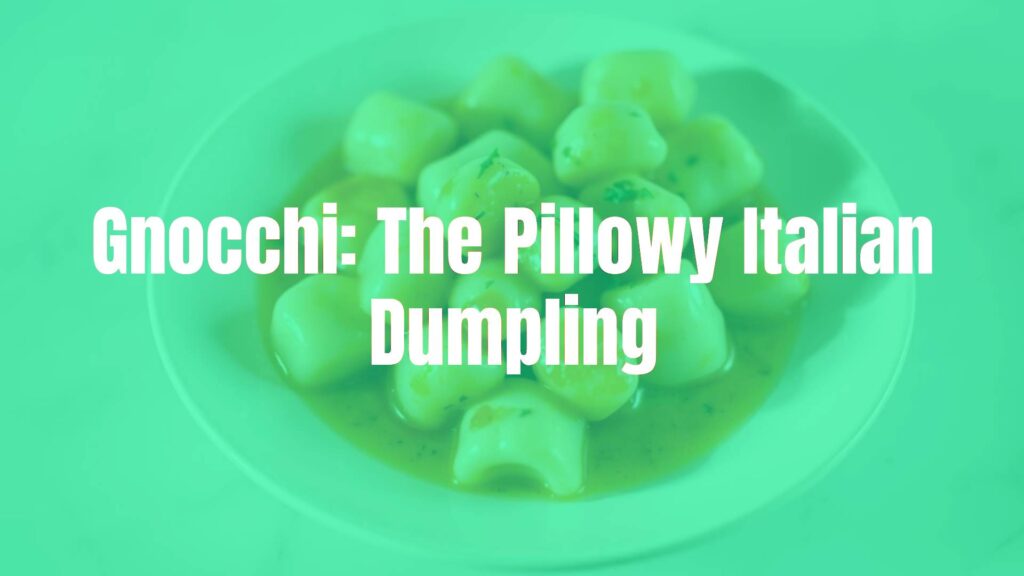Understanding Gnocchi: Italy’s Iconic Comfort Food
Gnocchi are small, dumpling-like bites that have charmed culinary enthusiasts across the globe. Hailing from Italy, these morsels are renowned for their soft, tender texture and subtle, earthy flavor. Traditional Italian gnocchi are most often made from potatoes, flour, and eggs, though variations abound. While they might appear simple, their delicate nature and versatility make them a beloved fixture in Italian kitchens.
The Unique Appeal of Gnocchi
What distinguishes gnocchi from other Italian pasta varieties is their pillowy lightness and satisfying bite. When properly prepared, each gnocco (the singular form) is tender, yet firm enough to hold sauces, and has a subtle potato flavor that complements a variety of seasonings. Their chubby, ridged forms are specifically designed to capture sauces, ensuring a flavorful experience in every mouthful.
Historical Roots and Italian Heritage
Gnocchi’s origins can be traced back centuries, predating the widespread use of potatoes in Europe. Early versions were often made with bread crumbs and flour, only shifting to potato-based recipes in the 18th century after potatoes became common in Italy. Today, gnocchi are particularly associated with northern regions such as Piedmont and Lombardy, though nearly every region boasts its own distinctive interpretation.
Essential Ingredients and Preparation
The most classic potato gnocchi comprises a simple mixture: fluffy mashed potatoes, flour, a touch of egg, and salt. The dough is gently mixed, shaped into ropes, then cut into bite-sized pieces. Gnocchi are typically rolled over a fork or gnocchi board to produce their signature ridges, which help sauce cling to each piece. After boiling until they float to the surface, gnocchi are ready to be sauced and savored.
Noteworthy Variations
Italy’s regions offer a mosaic of gnocchi styles. Some well-known varieties include:
- Gnocchi di ricotta: Made with ricotta cheese instead of potatoes for extra tenderness and lightness.
- Gnocchi alla romana: Roman-style gnocchi, crafted from semolina flour, shaped into rounds, and baked with butter and parmesan.
- Spinach gnocchi: Incorporate spinach or other greens for color and a vegetal note.
- Gluten-free gnocchi: Substitute wheat flour with rice or potato flour for those with gluten sensitivities.
Other substitute ingredients may include sweet potatoes, pumpkin, or even beetroot, allowing for creative twists on the traditional formula.
How Gnocchi Is Served
Gnocchi’s subtle flavor profile means they pair delightfully with a wide range of sauces. They are commonly served with:
- Classic tomato sauce with fresh basil
- Butter and sage for a rich, fragrant finish
- Gorgonzola cream sauce for a decadent touch
- Pesto Genovese for a vibrant, herbal kick
As a first course (primo) in an Italian meal or a satisfying main, gnocchi can be accompanied by robust red wines like Barbera or a crisp white such as Pinot Grigio. For a lighter meal, serving gnocchi with sautéed vegetables or a simple green salad makes for a well-rounded dish.
An Enduring Classic
Gnocchi triumph as an embodiment of Italian comfort cuisine: simple, yet endlessly customizable and always delicious. From traditional family tables to modern Italian restaurants, their timeless appeal continues to captivate palates the world over.

